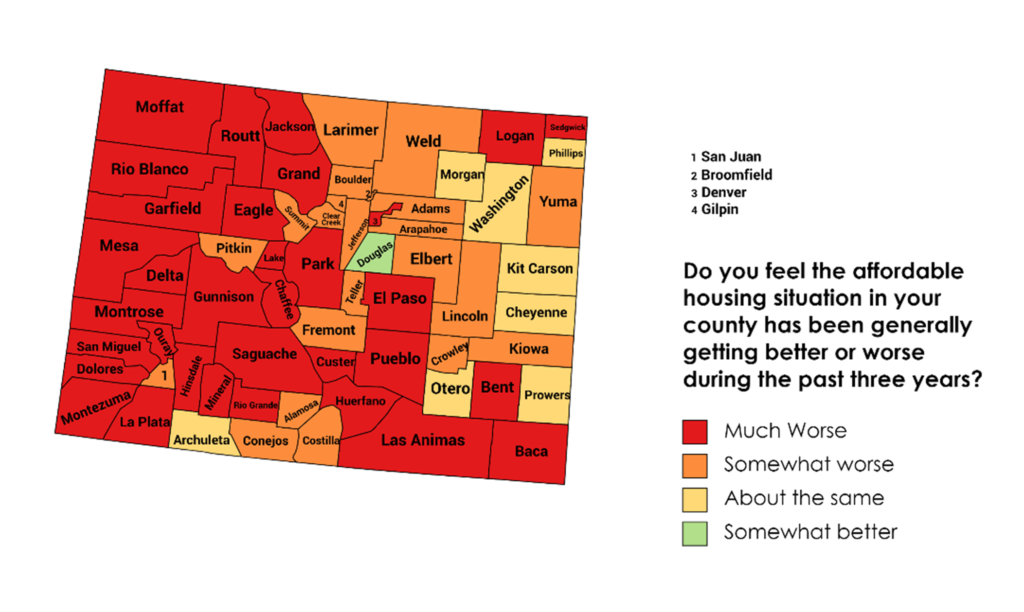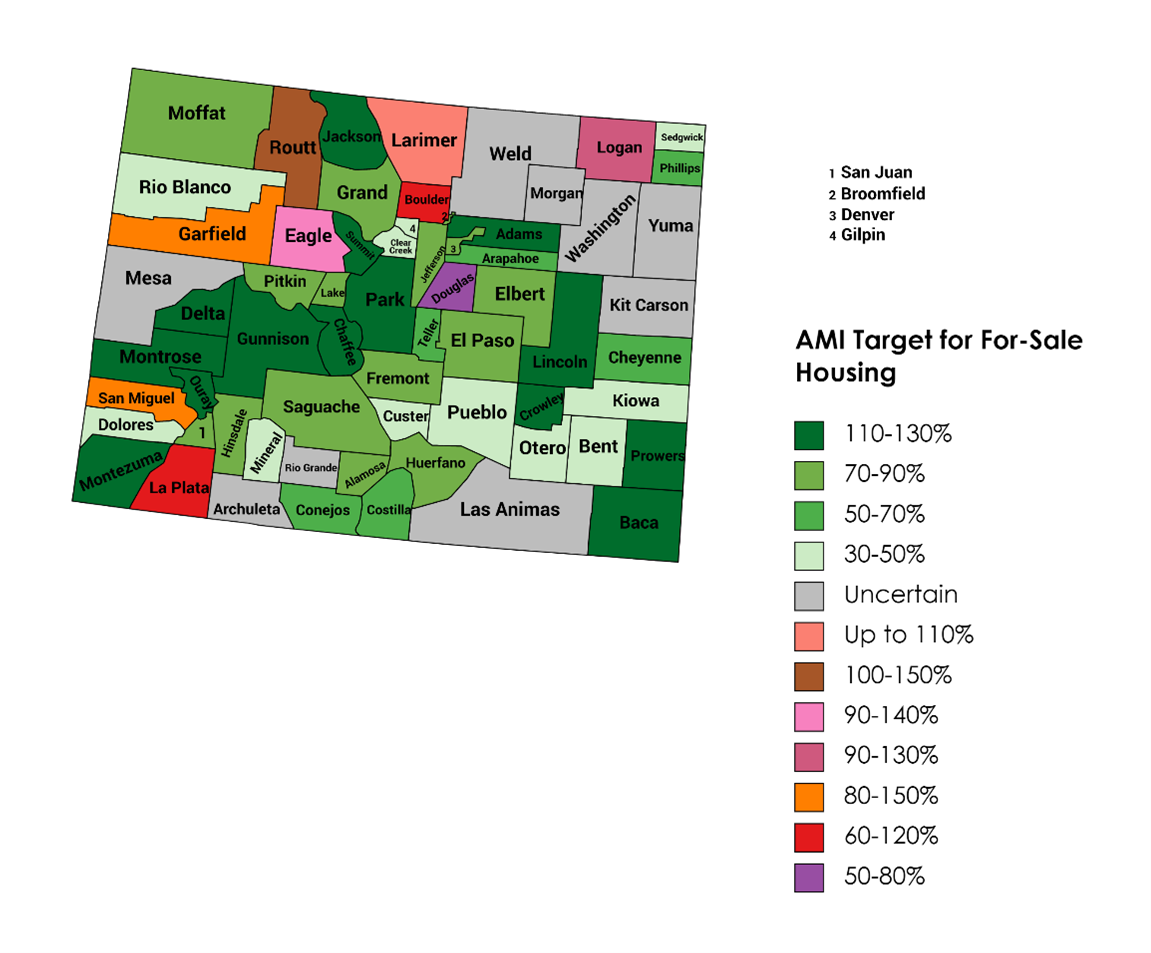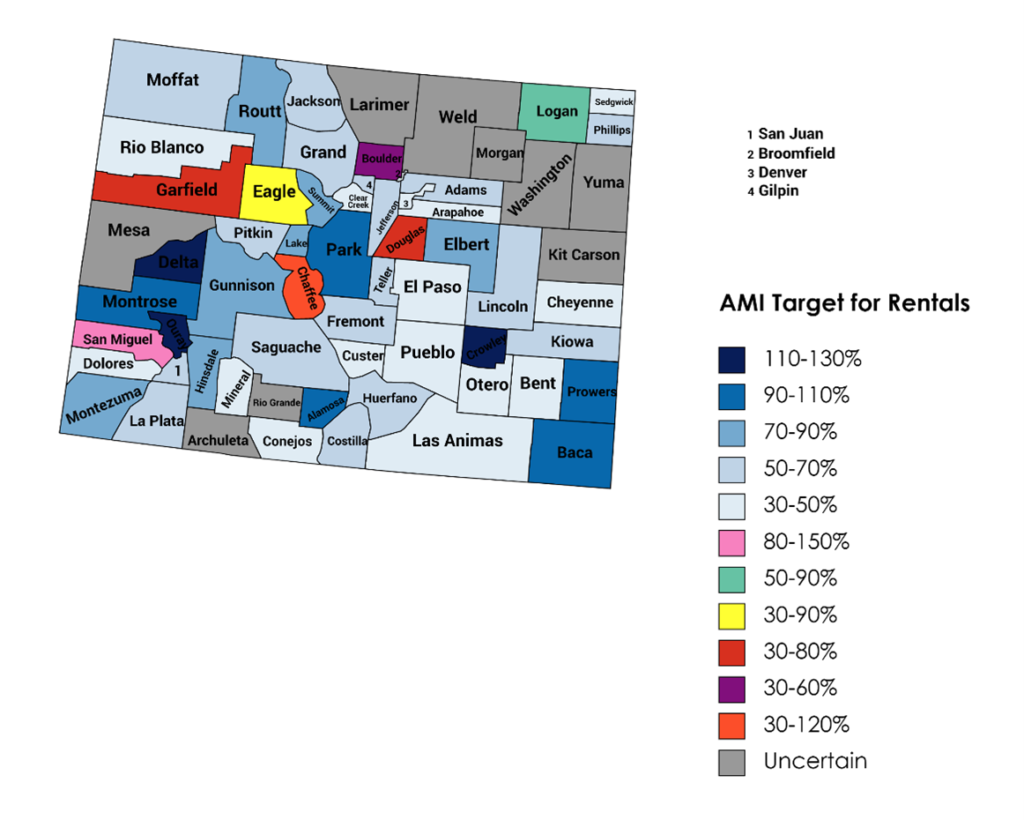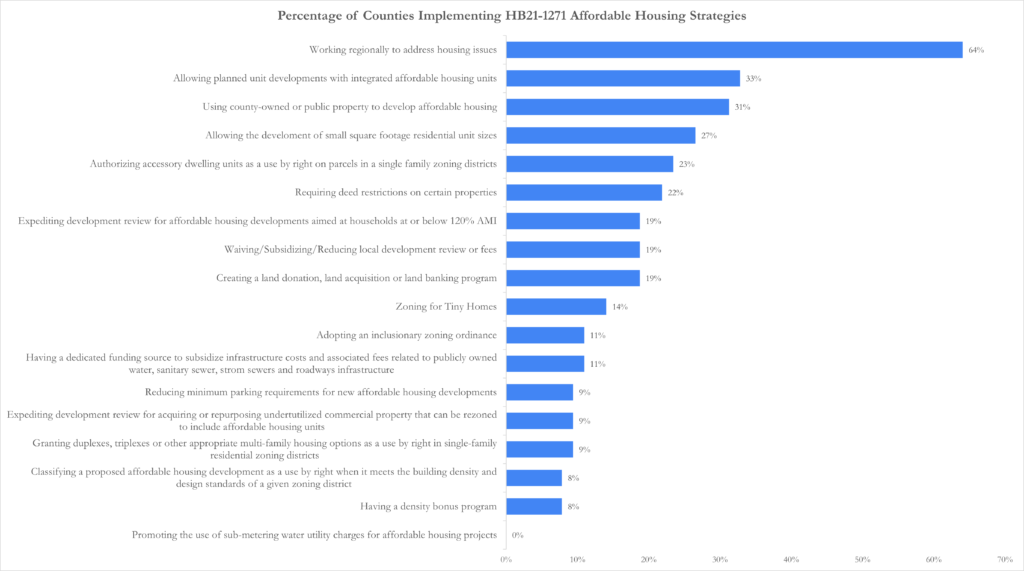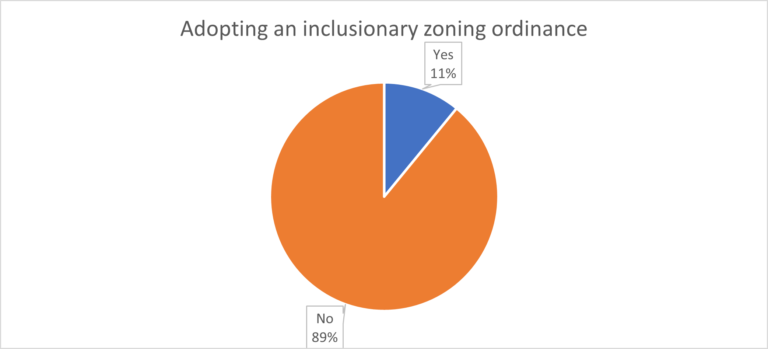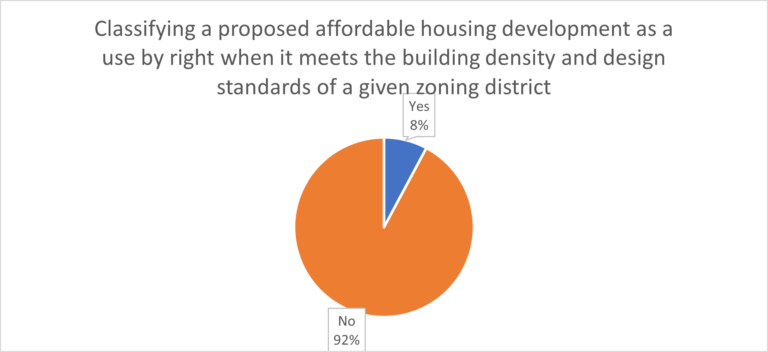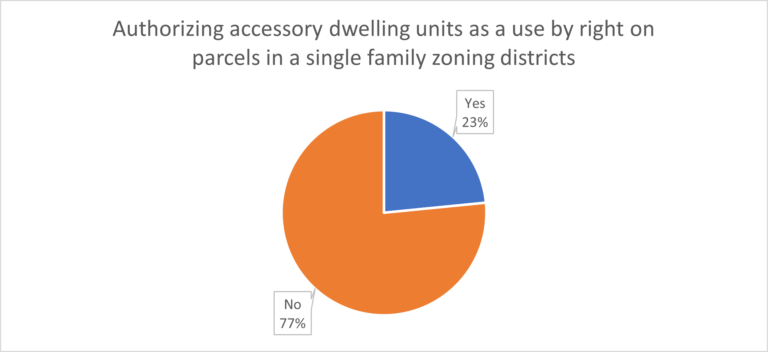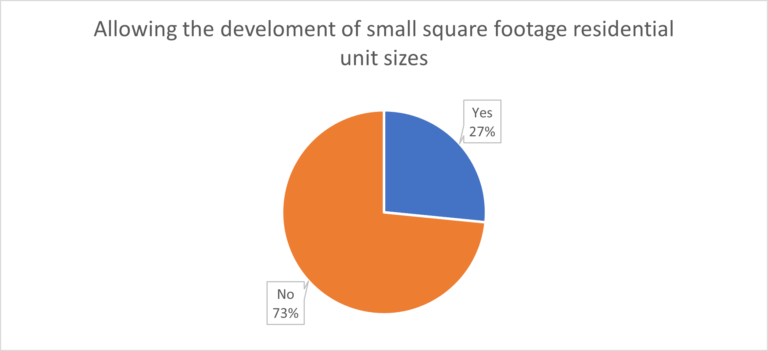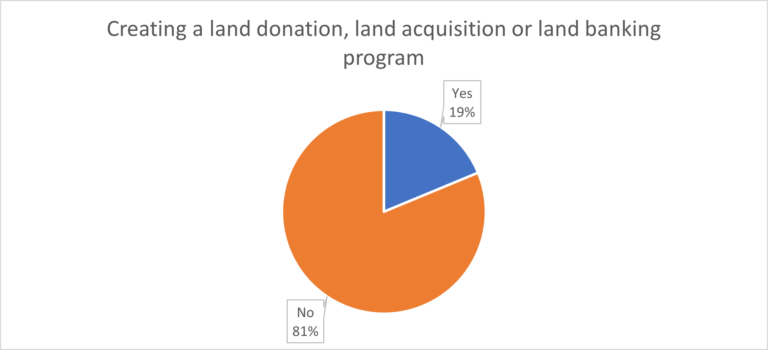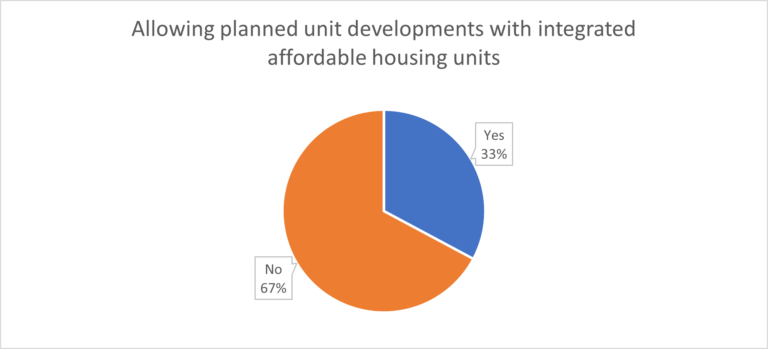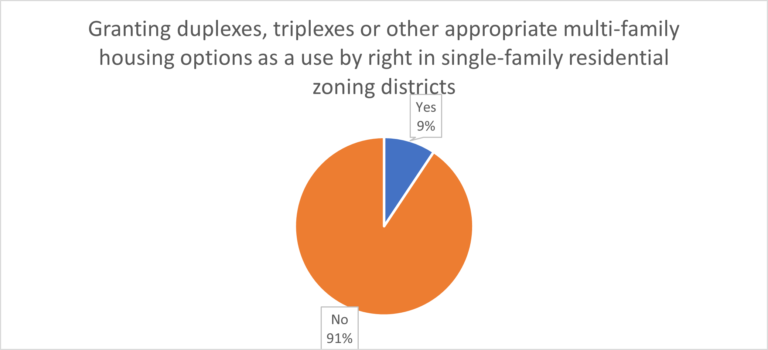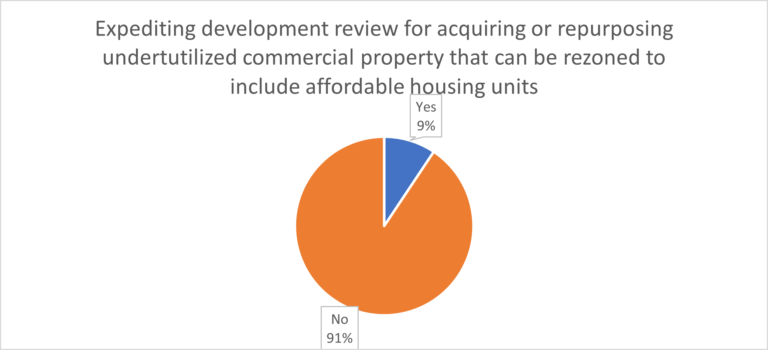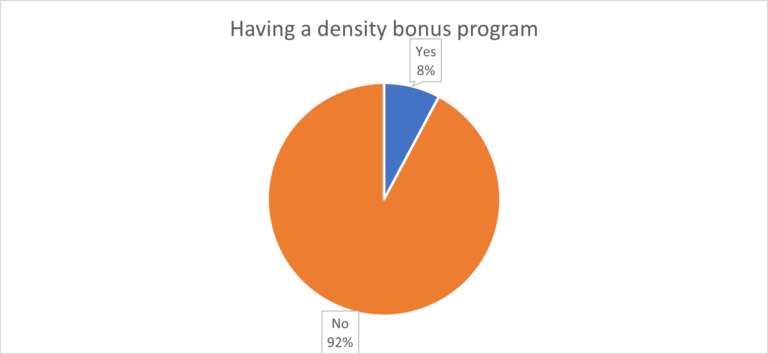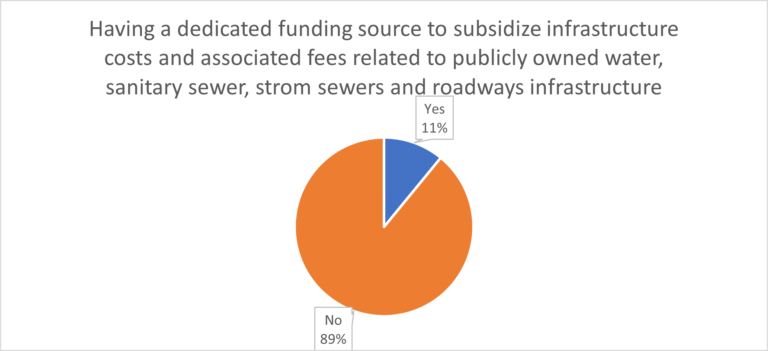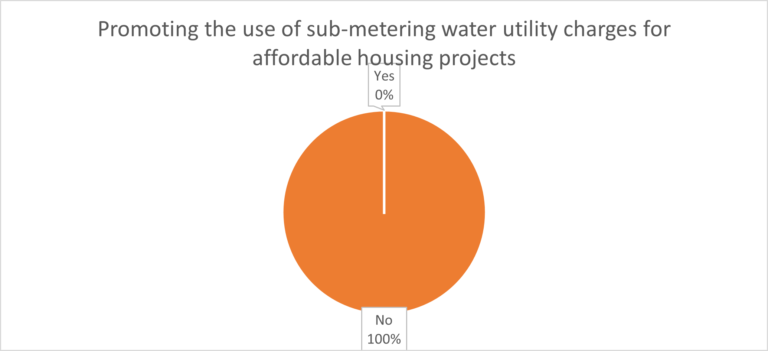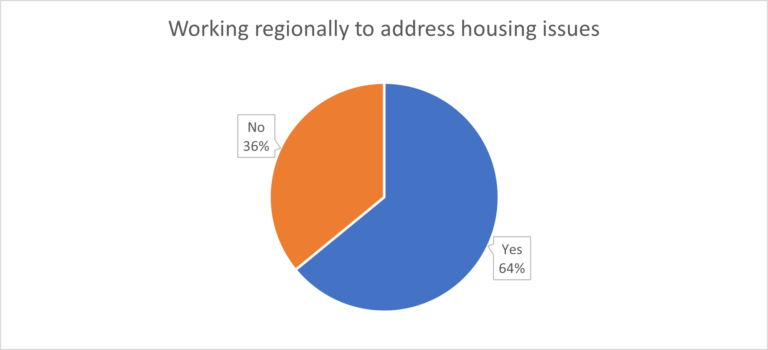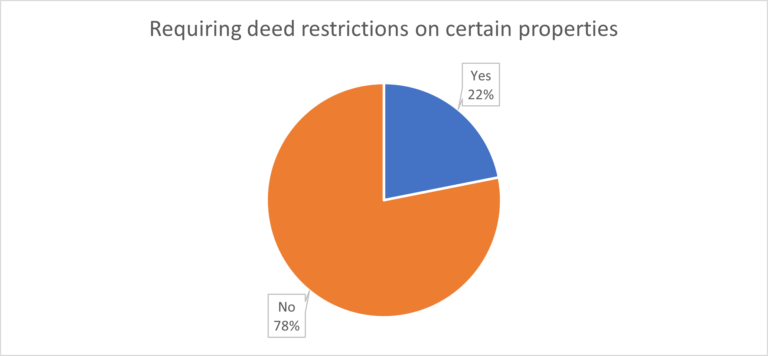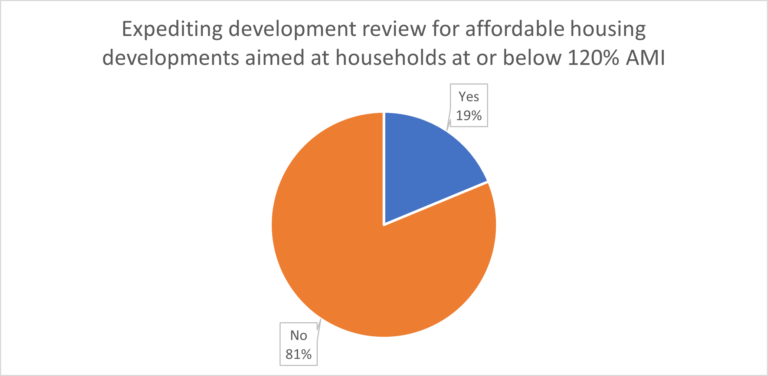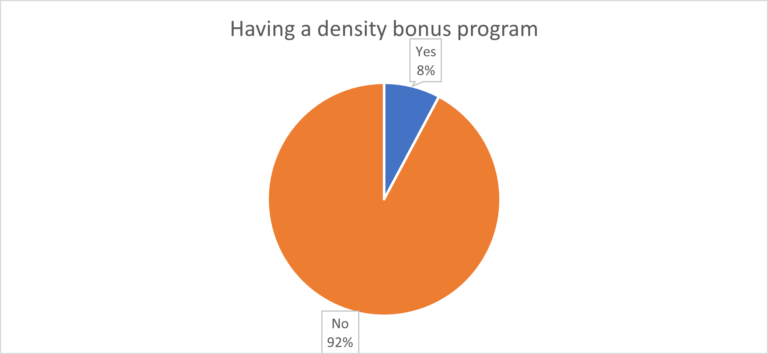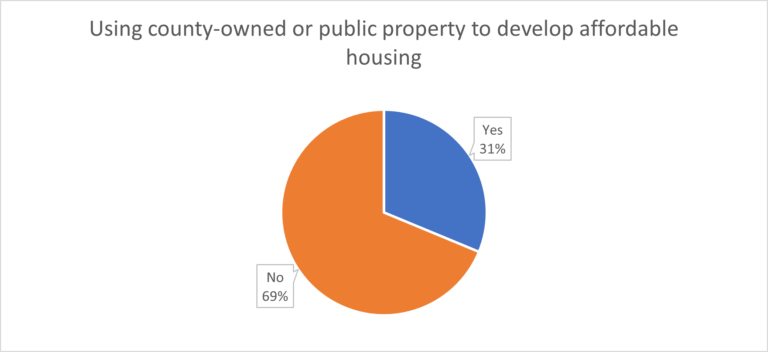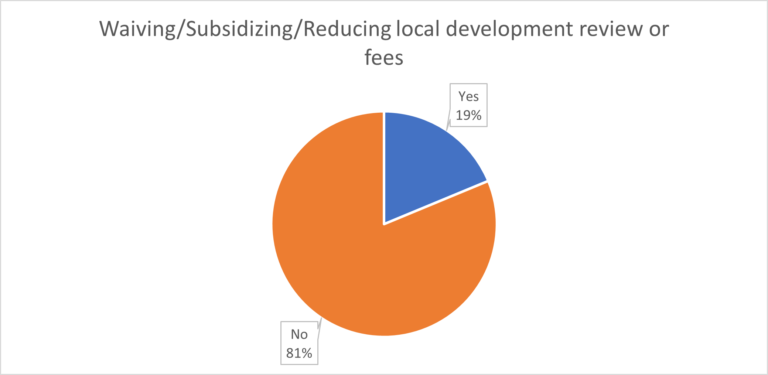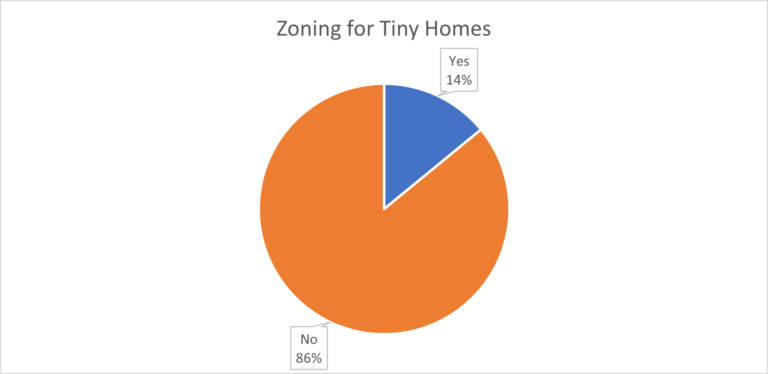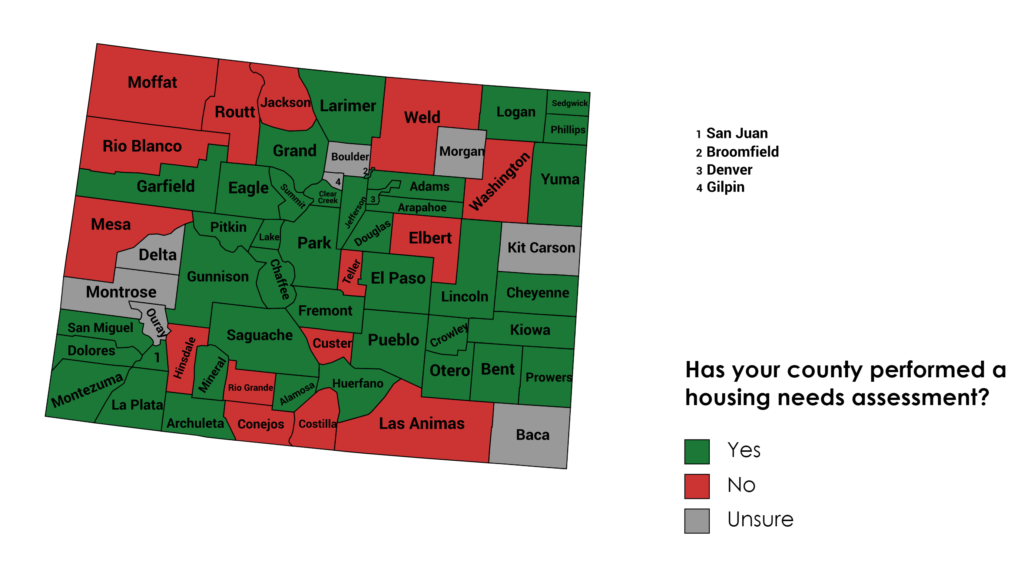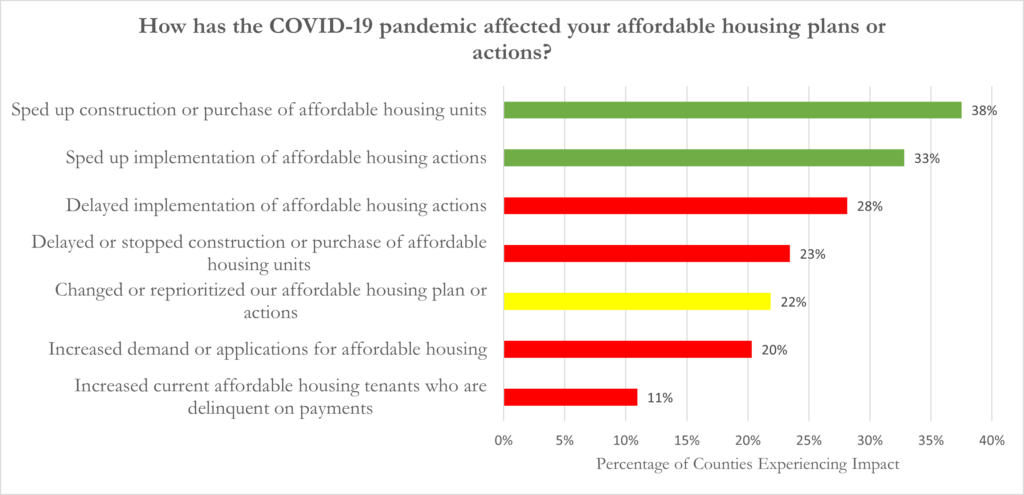Amidst Colorado’s housing crisis, community members, housing advocates, and the state and federal government are increasingly looking to local leaders for solutions. The boots on the ground, where the rubber meets the road – counties are uniquely poised to experience and address local housing challenges first hand, and to tailor policies and programs to meet community needs.
Local governments play a direct role in shaping a community’s identity and take on a swath of critical roles that intersect with housing needs, including in providing community services and amenities, driving land use, planning, and policy decisions, and working directly with residents to connect them with resources.
Colorado’s sky-rocketing population, labor and commodity scarcity, booming second-homeowner market, and years of under-building make for a complex set of housing issues and shortages for which there is no easy or single solution. Even so, Colorado’s counties are rising to the challenge, and this report begins to demonstrate how.
Methodology
Data was collected through a CCI survey completed by county commissioners, housing, land use, economic development, human services and/or community directors, planners, managers and administrators. Survey responses were received from all 64 counties in the state, and outline current county actions to address housing needs, top priorities and needs, impacts from the COVID-19 pandemic, and more.
We use interactive and single-layer maps to display much of the data collected. Please note that this report and the data therein only reflect information provided through survey responses, and may not capture a county’s complete portfolio of housing needs, priorities, and actions.
Key Findings
Survey results demonstrate that housing challenges look different across Colorado’s diverse regions – but that some of the related impacts and needs are felt statewide. Data reveals trends in the severity and growth of housing issues, with just over 50% of counties indicating that the local affordable housing situation has gotten much worse over the past three years. Relative to their neighbors, only 5% of counties feel they are ahead of the curve and can serve as a model to other counties, while 48% feel behind, with 14% not knowing where to start.


